Full text
PDF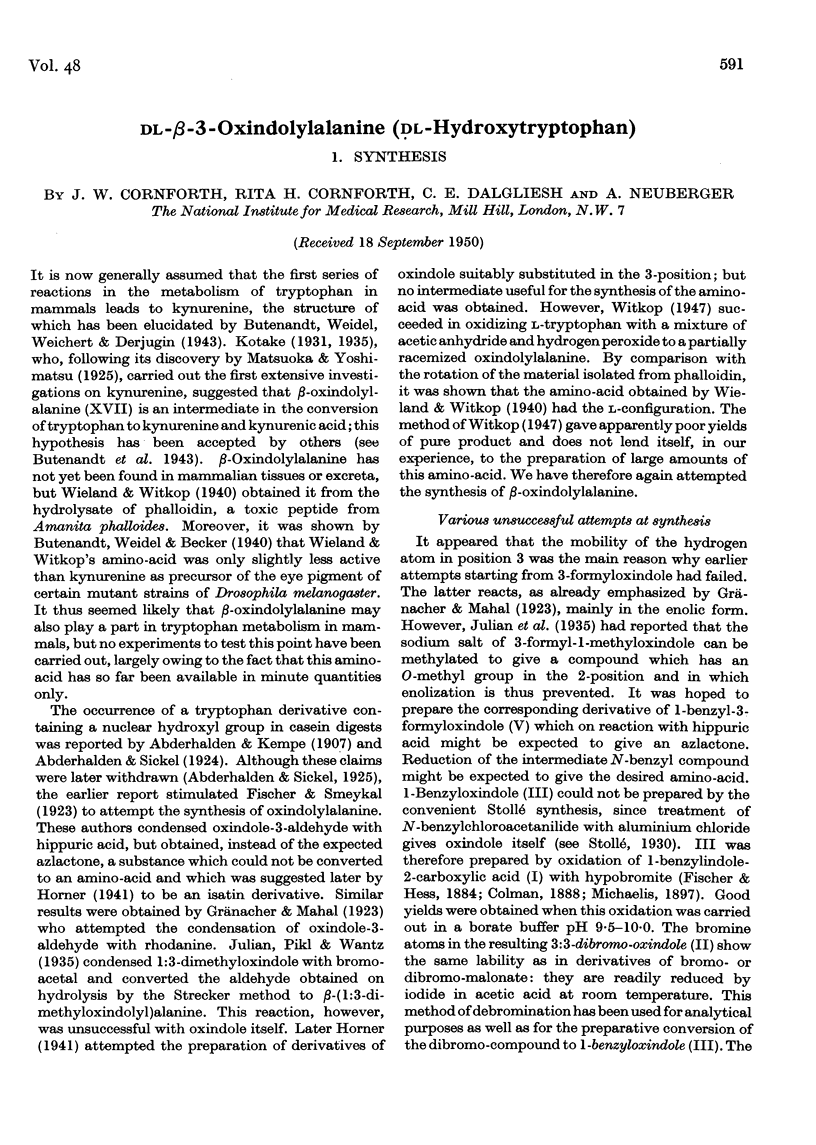
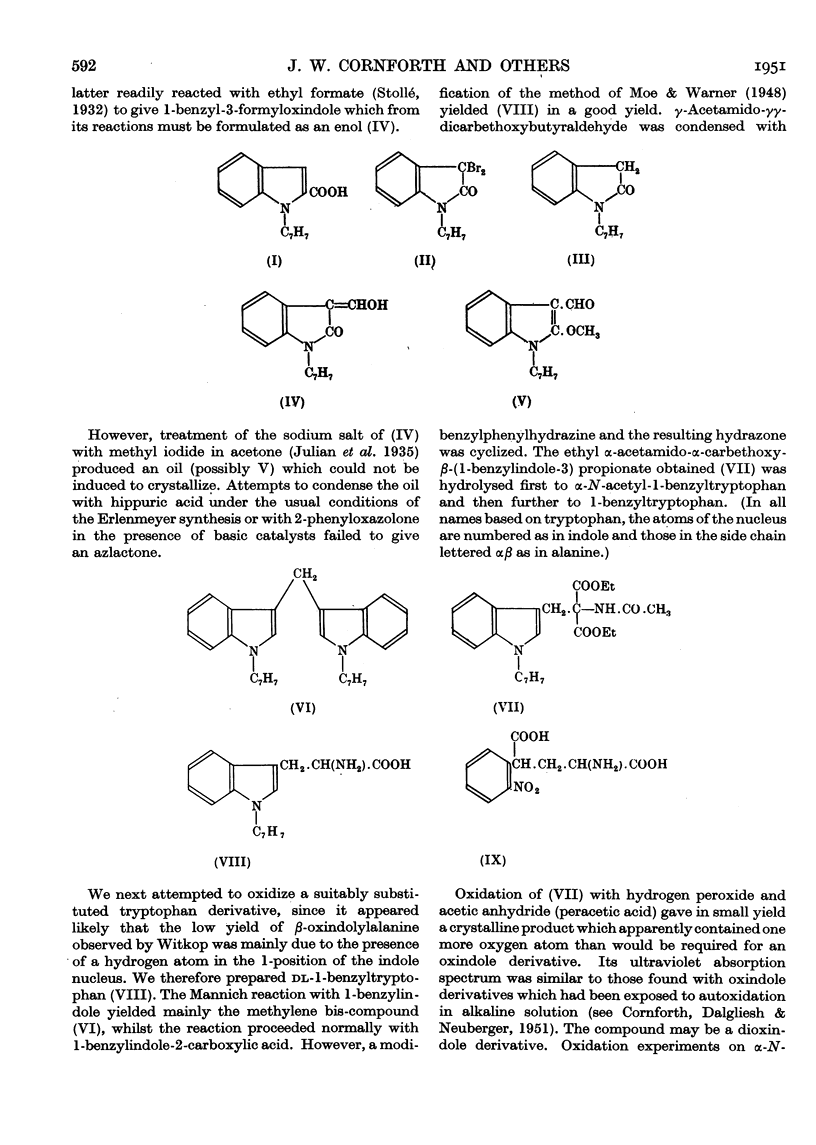
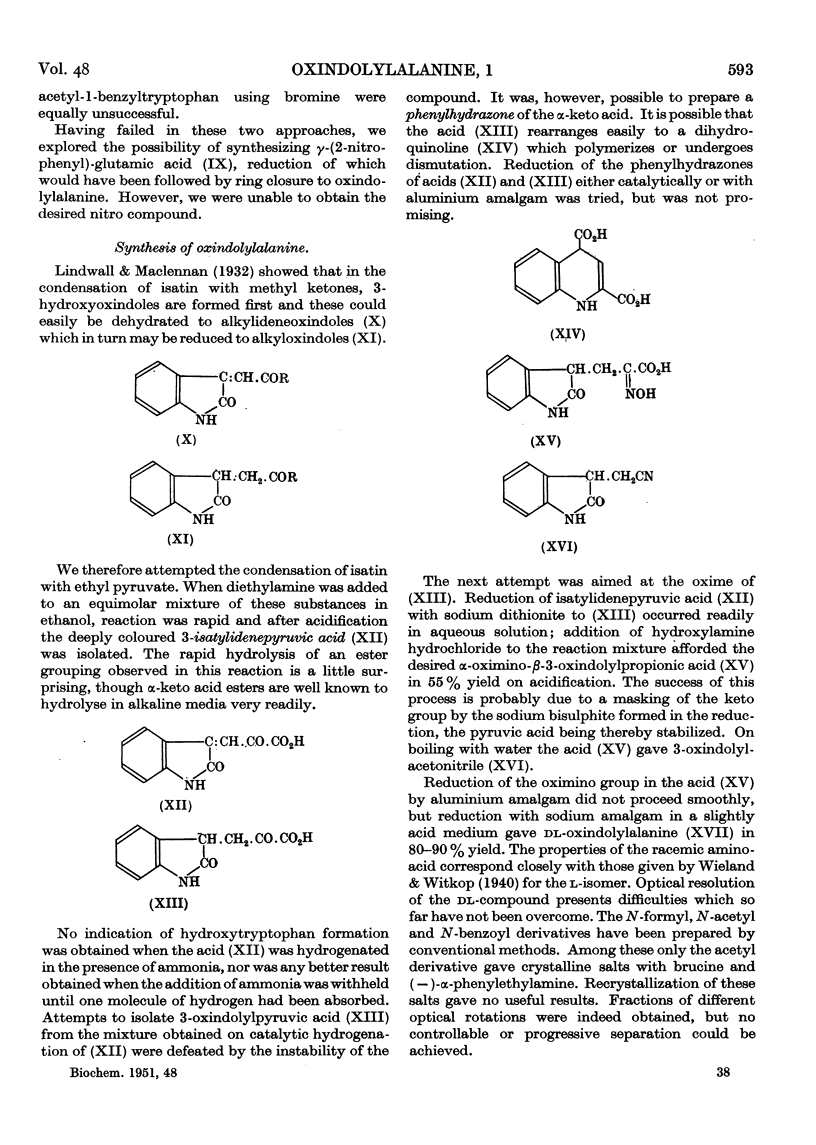
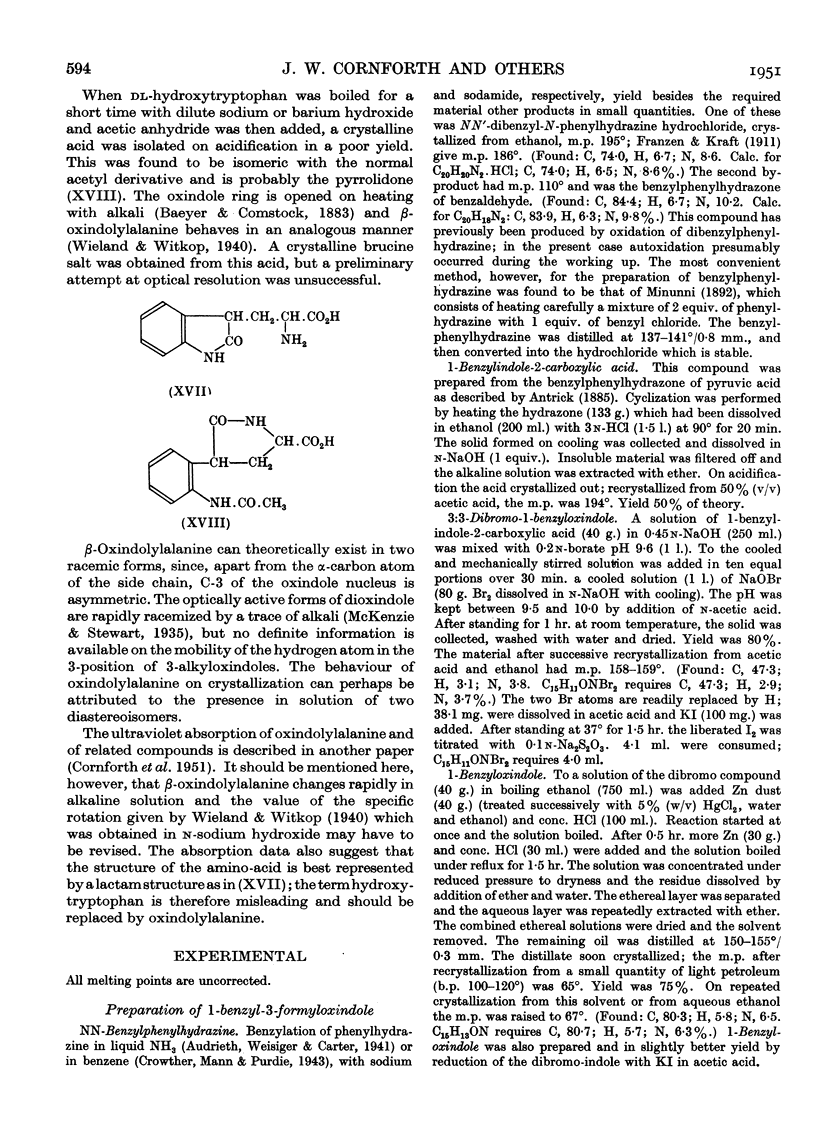
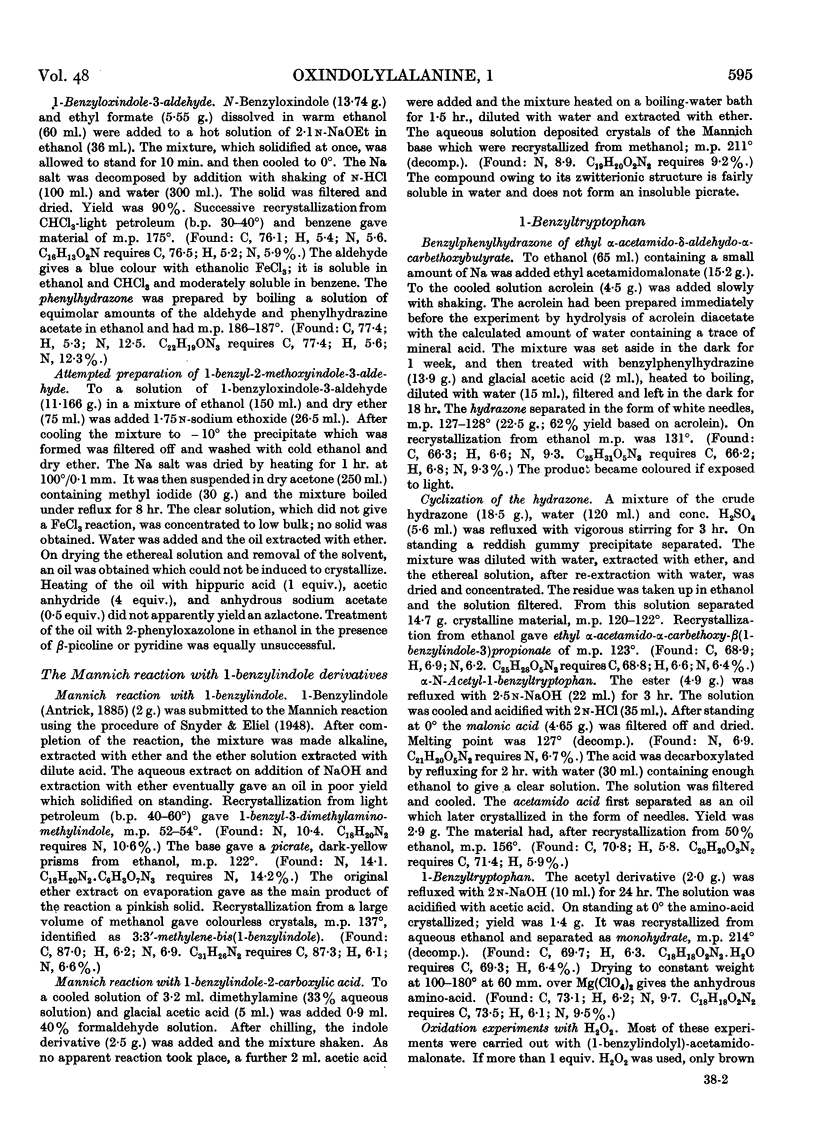
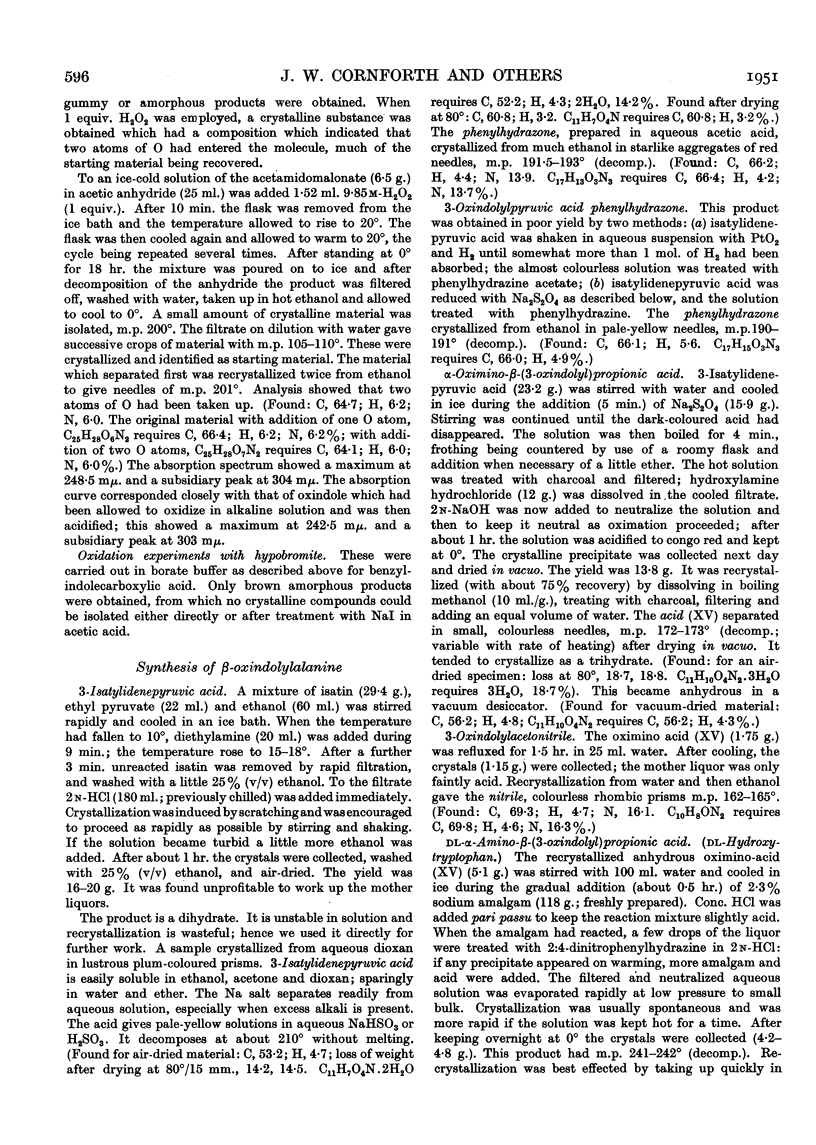
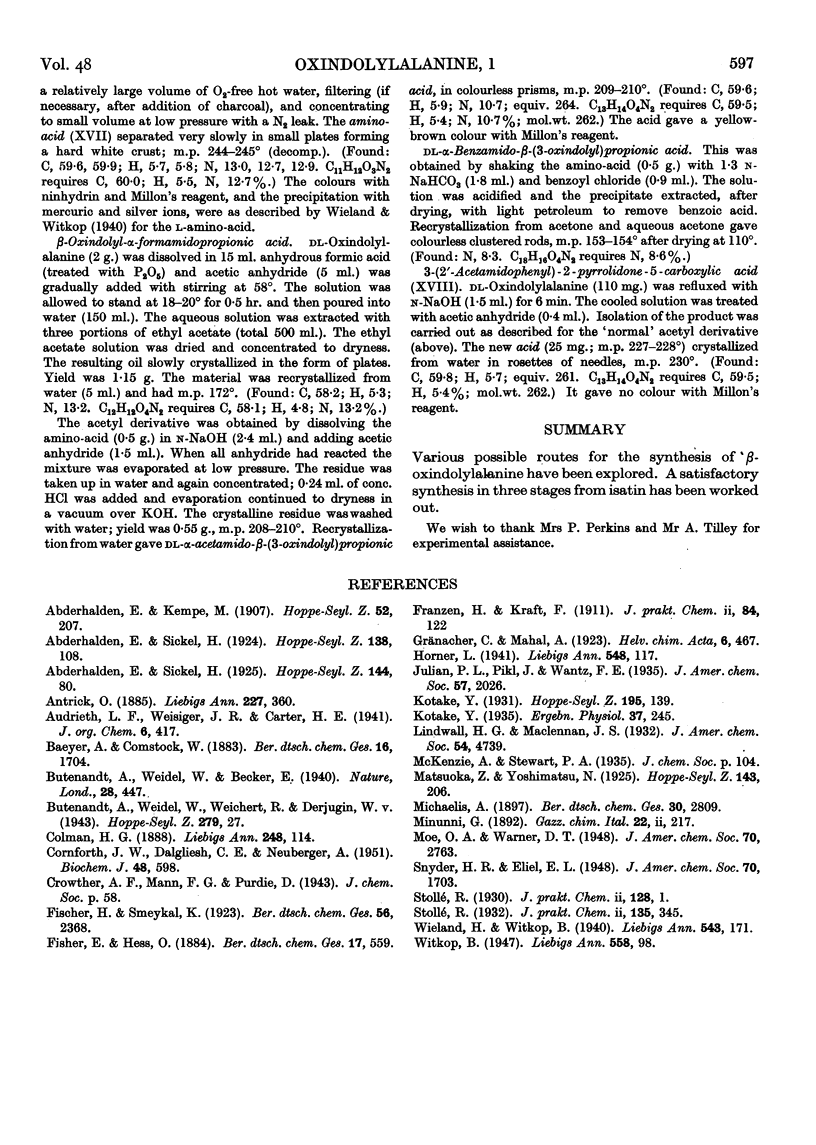
Selected References
These references are in PubMed. This may not be the complete list of references from this article.
- CORNFORTH J. W., DALGLIESH C. E., NEUBERGER A. Beta-3-oxindolylalanine (hydroxytryptophan). 2. Spectroscopic and chromatographic properties. Biochem J. 1951 May;48(5):598–603. doi: 10.1042/bj0480598. [DOI] [PMC free article] [PubMed] [Google Scholar]


